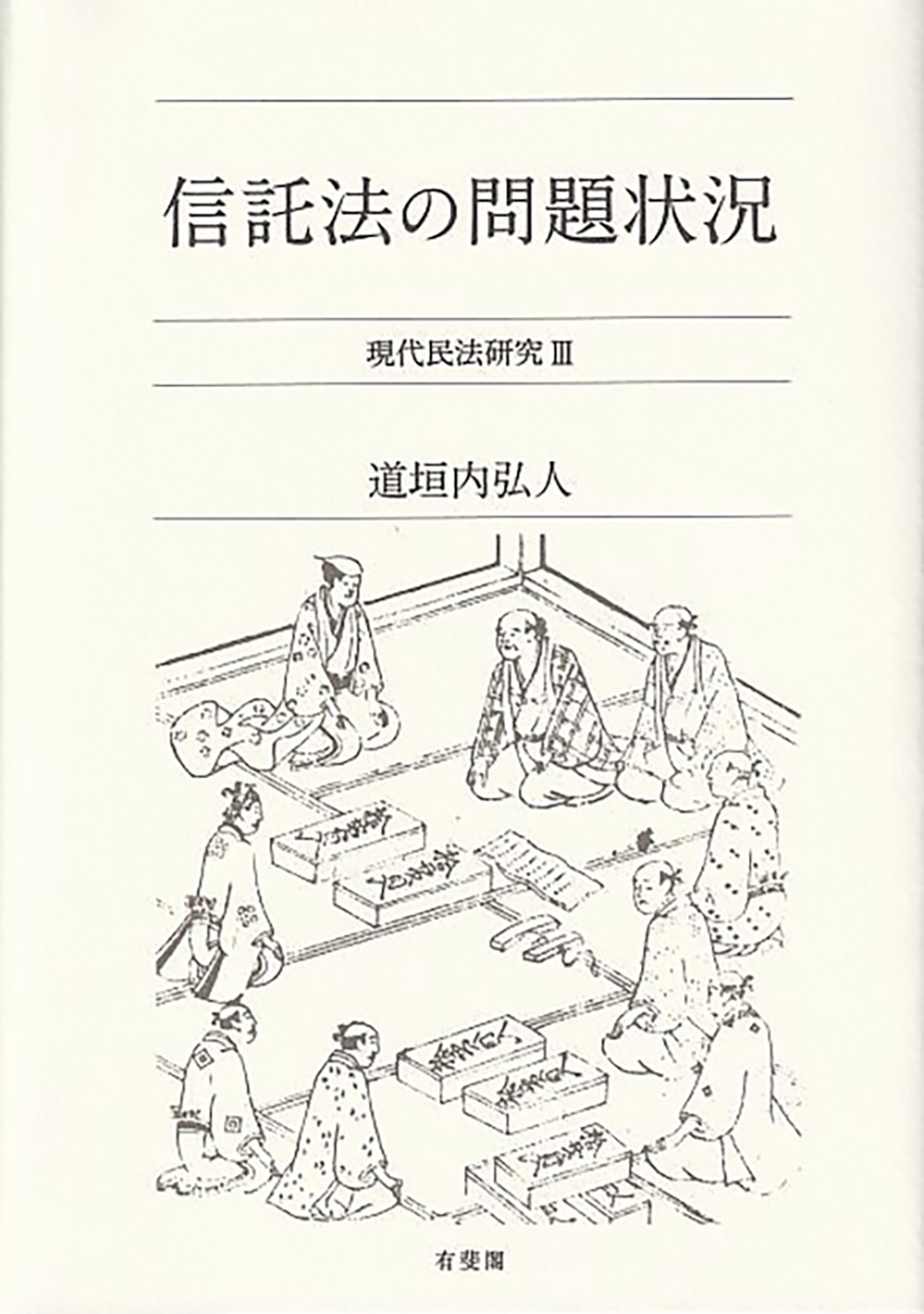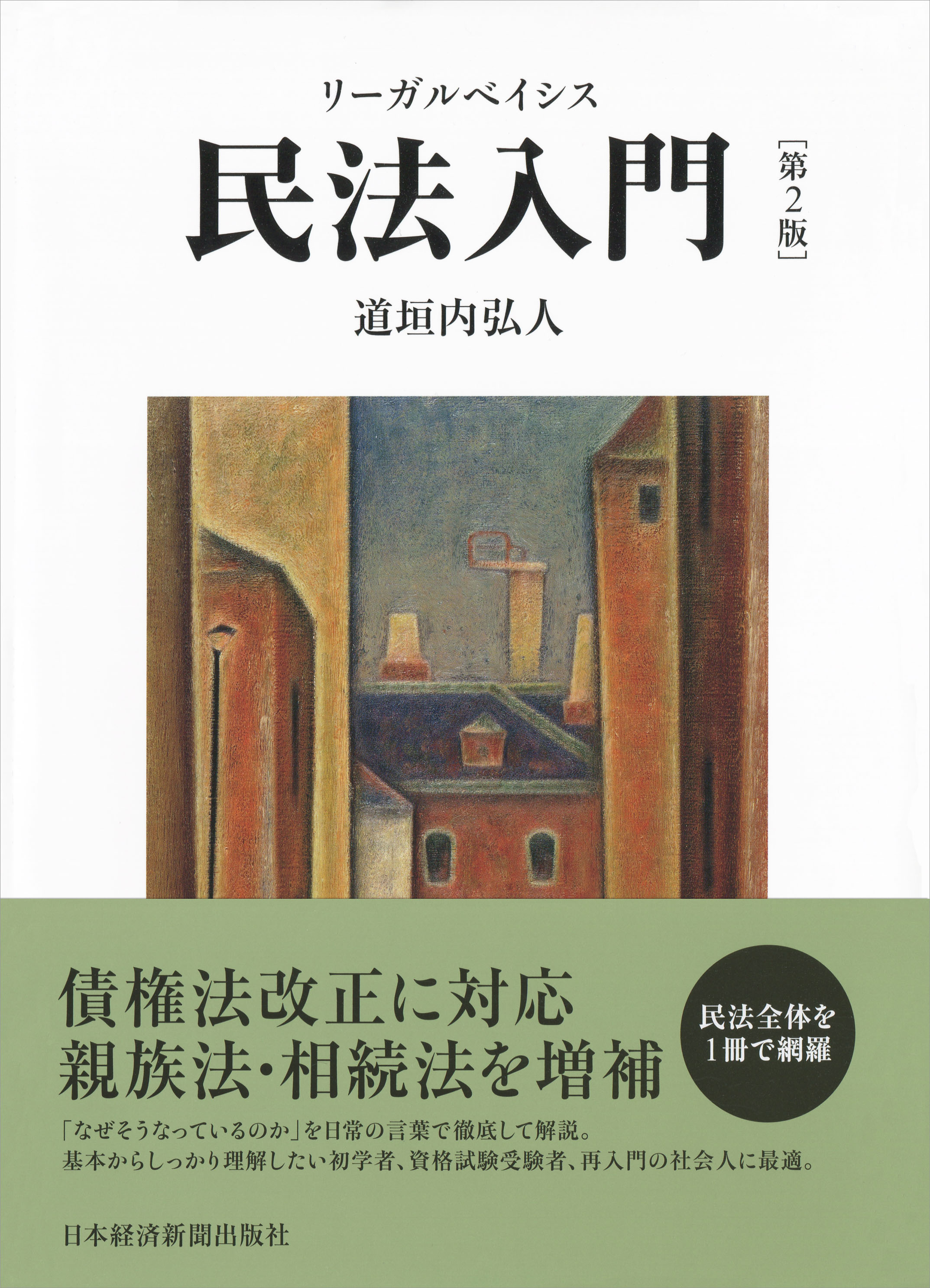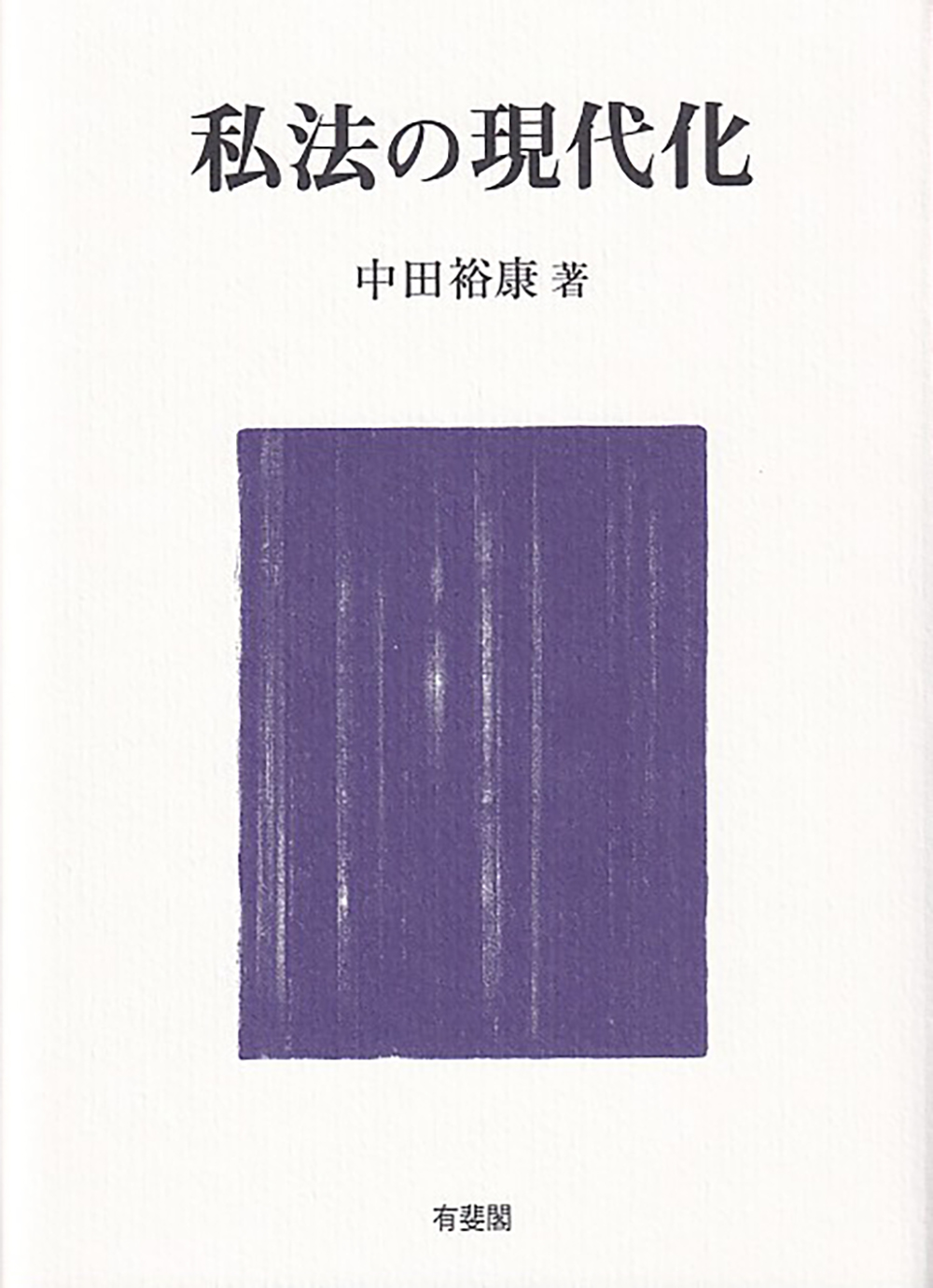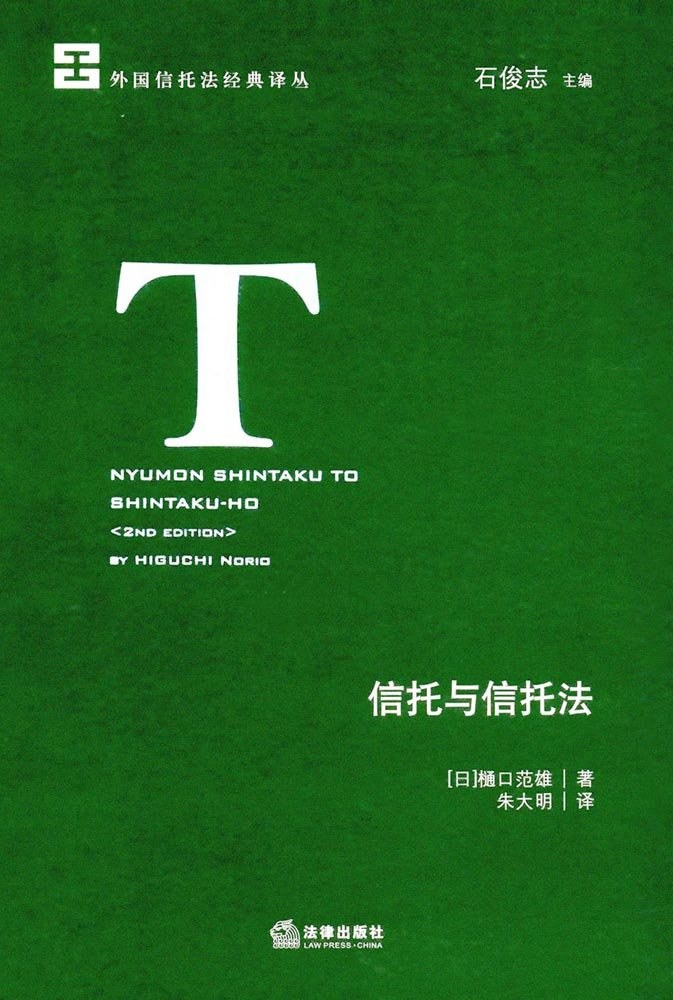
Title
Shintakuho no Mondai Jokyo (Problems with Trust Law - Modern Civil Law Research III)
Size
680 pages, A5 format, hardcover
Language
Japanese
Released
August, 2022
ISBN
978-4-641-13895-7
Published by
Yuhikaku Publishing
Book Info
See Book Availability at Library
Japanese Page
While some Japanese laws have traditions dating back to the Edo Era (1603-1868) and even earlier, many were adopted from Western countries during the Meiji Era (1868-1912) and later as part of the effort to modernize Japan’s legal system. When interpreting and implementing such laws, researchers and practitioners often reference circumstances in the Mother law country.
As Japanese trust law was adapted from Anglo-American trust law, analyses of Japanese trust law often reference circumstances in the UK and the United States. However, I have always believed that Japanese trust law exists alongside the civil code and commercial code and that Japanese trust law must be discussed in relation to these other laws if we are to understand Japanese law as an integrated whole.
My first book on this topic was a book published in 1996 titled Shintaku Hori to Shiho Taikei (Legal Principles of Trust Law and the Private Law System) (Yuhikaku Publishing Co., Ltd.), which focused on the functions of the legal principles of trust law; after dividing the functions of trust law in English Law into three categories—obligatory homogenizing function, remedial homogenizing function, and typical contract formation function, I argued that Japanese trust law functions as remedy for real rights. Since then, I have written various articles that attempt to clarify, from various perspectives, what makes such trusts unique and to elucidate the conditions under which they are justified.
The present book is a collection of these articles.
To summarize the conclusions, the unique function of a trust is justified by the existence of a scheme to prevent a trustee from profiting from a trust property that belongs to them; such schemes, in turn, serve as the basis for trust formation, the nature of trustee obligations, and the requirements for a property to become a trust property.
To fully understand the articles in this book, many of which are discussed in relation to the civil code and commercial code, it is necessary to first study the civil code and commercial code and then to read an introductory book on trust law (for example, Hiroto Dogauichi’s Shintakuho Nyumon (Introduction to Trust Law) (Nikkei Publishing, Inc.)). However, for readers who have any degree of interest in the topic, I would recommend Sections 2 and 3 of the Preface and Section 1 of Chapter 1. Chapter 5 discusses trust law in relation to the Japanese civil code and commercial code but provides explanations of these codes and, thus, may be relatively easy to understand. Section 1 of the Preface consists of an article titled “Shintaku as a Translation Equivalent for the Legal ‘Trust’ System,” which explores the origins of the term shintaku based on examination of Meiji-era documents. Although the article is more of a personal pursuit than an investigation with practical benefits, I believe that it conveys the joy of research.
(Written by DOGAUCHI Hiroto, Professor Emeritus, Graduate Schools for Law and Politics / 2023)



 Find a book
Find a book


 eBook
eBook

